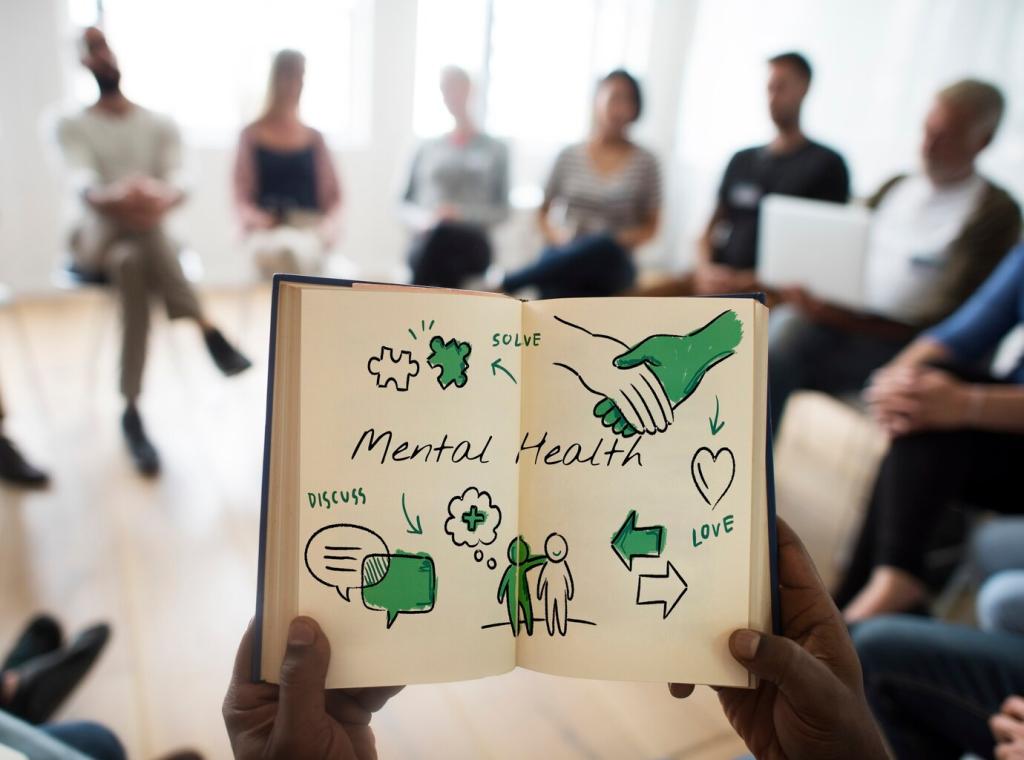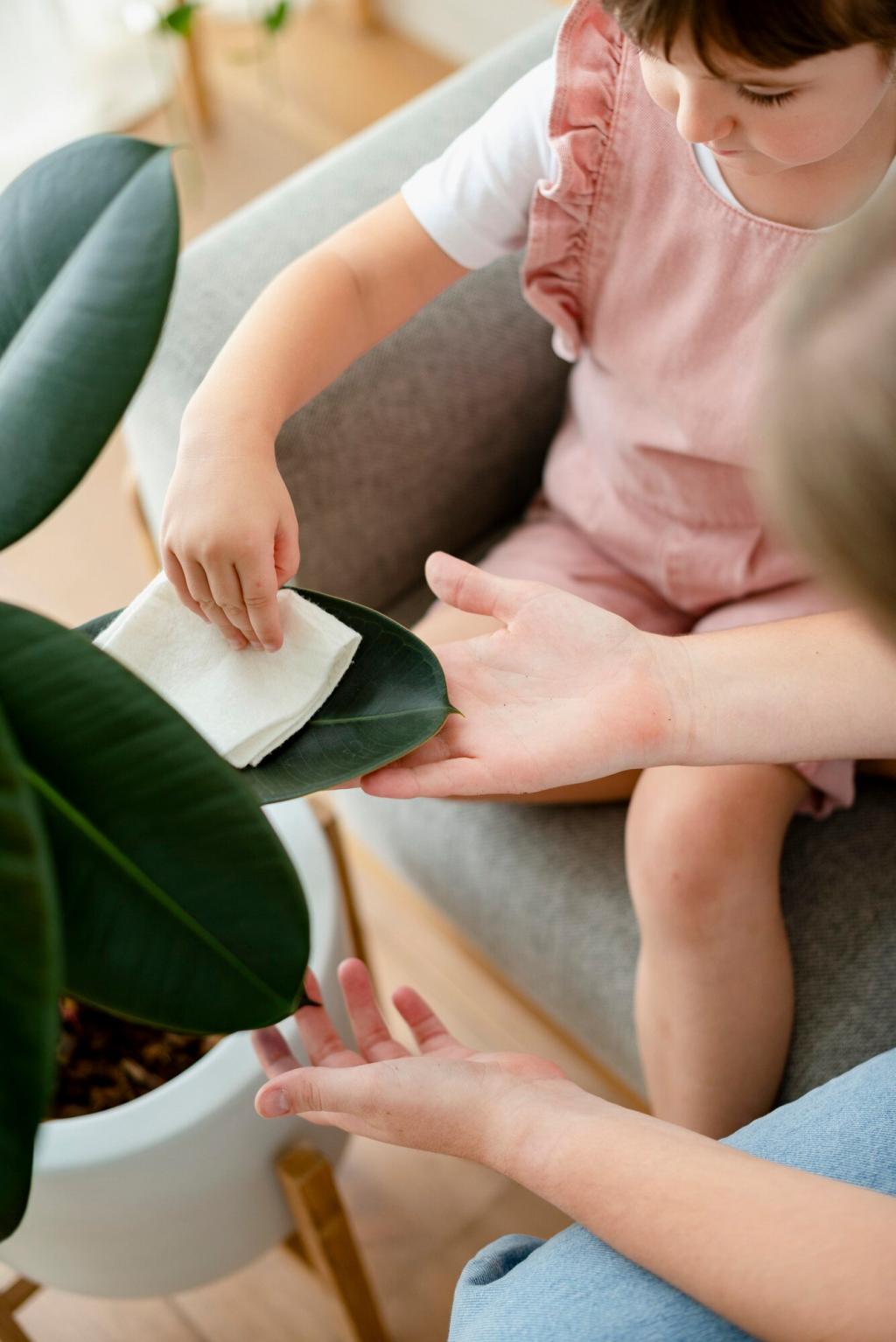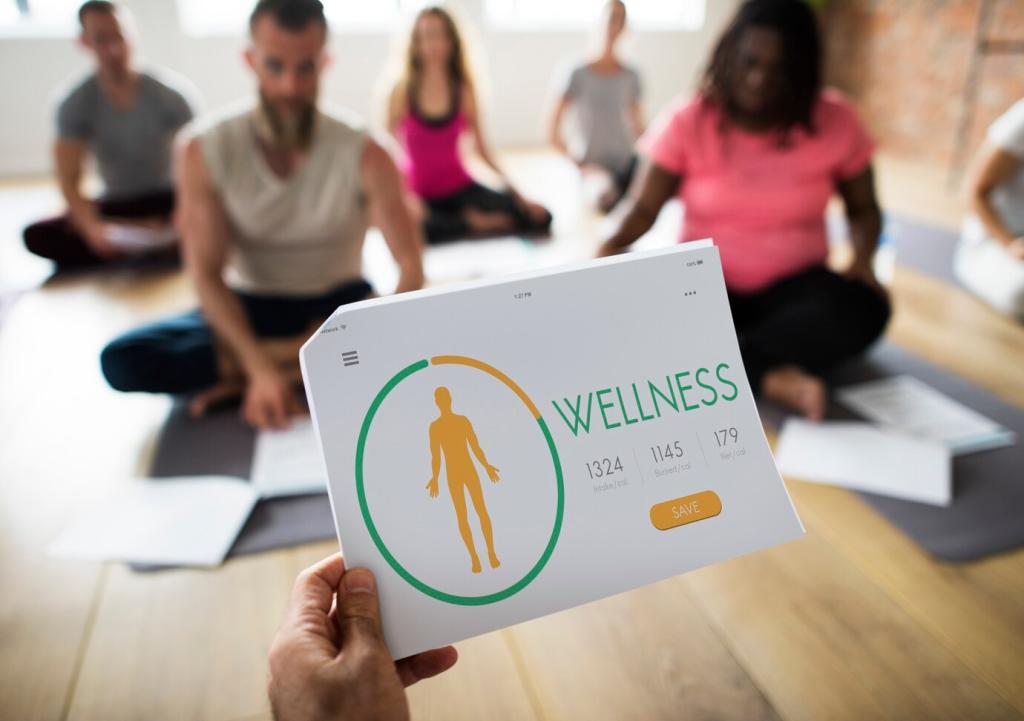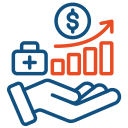The Benefits of Art Therapy for Mental Health
Beyond Coloring Books
Art therapy is a mental health profession led by trained, credentialed clinicians who use creative processes—painting, collage, clay, movement-based mark-making—to meet therapeutic goals. It is not about talent or perfection; it is about meaning, discovery, safety, and the healing power of making.
Why It Helps the Mind
Creating art externalizes inner experience, turning confusing feelings into shapes, colors, and textures that can be seen, moved, and understood. This process supports regulation, strengthens insight, and improves communication—especially when words feel tangled or inaccessible during anxiety, depression, or overwhelm.
Regulating Emotions and Easing Stress
Repetitive, rhythmic strokes—like shading, weaving lines, or kneading clay—can cue the parasympathetic system. Breathing steadies, shoulders soften, and cognitive bandwidth returns. Many people notice their heart rate slowing as colors fill the page, a gentle reminder that the body knows how to settle.
Regulating Emotions and Easing Stress
When emotions feel too raw to speak, a palette can whisper them. Choosing heavy charcoal for grief or watery pigments for sadness externalizes intensity without forcing conversation. This indirect route often makes it safer to notice, name, and eventually share what is happening inside.

Trauma, Safety, and Gentle Processing
Creating Safety Through Materials
Therapists often begin with materials that feel predictable and controllable—colored pencils, simple collage—before moving toward looser, more evocative media like inks. Boundaries such as smaller paper, clear edges, and time limits help the brain stay anchored while exploring difficult content at a tolerable pace.
Story Without Re-Traumatization
Rather than retelling traumatic scenes in detail, clients might create a protective symbol, map a timeline of resilience, or depict a safe place. Images can hold intensity while the therapist supports grounding. This allows meaning-making while reducing the risk of emotional flooding or shutdown.
A Short Anecdote: Maya’s Mosaic
After a chaotic year, Maya collected broken tiles to build a small mosaic. Fitting fragments into a new pattern helped her feel agency and coherence. She said, “I can’t change what happened, but I can choose this design.” If that resonates, share what pieces you might arrange today.
Neuroscience of Making Art
Focused mark-making nudges the brain toward flow, reducing mental chatter and rumination. The gentle toggling between focused attention and daydreaming helps integrate memories and insights. Many people report clearer thinking after drawing, as if a fog lifted and priorities fell into place.
Neuroscience of Making Art
Trying a new brush, texture, or color combination introduces novelty, which can spark dopamine and rekindle motivation. Small creative wins build momentum, making it easier to start other healthful routines like walking, journaling, or cooking a nourishing meal when mood feels low.
Neuroscience of Making Art
Alternating movements—like drawing waves left-to-right, then right-to-left—can support bilateral integration, promoting calm and clarity. Many clients use symmetrical doodles as a grounding tool during tough moments. Consider sharing your favorite repetitive pattern below to inspire someone who needs a steadying practice.
Connection, Identity, and Community
Group Art Therapy Bonds
Creating side-by-side reduces pressure to perform and invites gentle conversation. Seeing others’ images can normalize complex feelings and widen your emotional vocabulary. Communities built through shared creativity often become long-term support systems that outlast the therapy room.
Cultural Storytelling and Pride
Art allows you to honor traditions, languages, and histories that shape identity. Collage with family photos, patterns, or symbols can reinforce pride and continuity. When we see our culture reflected in our work, meaning deepens, and mental health benefits often grow more durable.
Share Your Studio Moments
What song, scent, or ritual helps you start creating? Tell us in the comments so others can build welcoming studio routines. Your small habit could be the spark that helps someone else finally pick up a pencil and breathe easier today.
Getting Started: Practical Steps
A pencil, scrap paper, and three colors are enough. Add tape for borders, a glue stick for collage, and a small brush if you like. Keeping materials visible and reachable makes it more likely you will create in short, helpful bursts throughout the week.
Getting Started: Practical Steps
Anxious? Draw nested shapes while exhaling. Sad? Paint with water first, then add color and watch it bloom. Angry? Tear paper into textures and arrange new forms. Share which prompt helped and subscribe for a weekly set tailored to shifting emotions.


Tracking Progress and Sustaining Gains
Visual Journaling You Can Feel
Date your pages and jot a few words about mood, sleep, and energy. Over weeks, patterns emerge—colors brightening, lines loosening, themes resolving. This record becomes a compassionate mirror of growth and resilience you can return to on tough days.
Mini-Metrics That Matter
Track tiny wins: minutes spent creating, number of breaths before judgment, willingness to begin even when tired. These lightweight measures capture real change and help silence perfectionism. Share one mini-metric you will track this week to inspire fellow readers.
Build a Gentle Habit Loop
Pair art with an existing routine: after tea, before bedtime, or following a walk. Keep materials in a visible tray, set a two-minute start rule, and celebrate completion. Subscribe for monthly challenges and community check-ins to keep your creative wellness practice alive.
